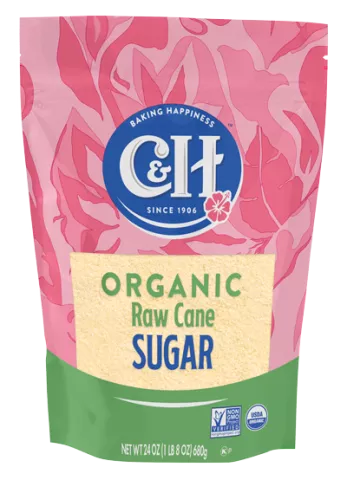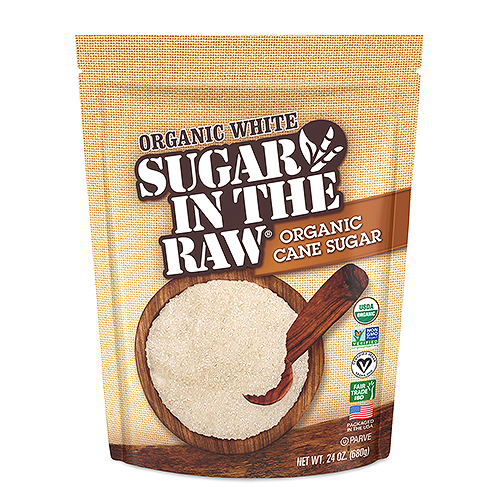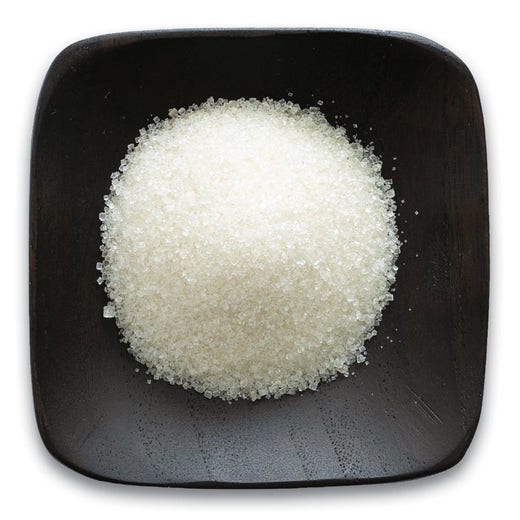Checking Out the Comprehensive Steps Associated With Walking Stick Sugar Processing From Collecting to Refinement
The procedure of cane sugar manufacturing incorporates a series of elaborate steps, beginning with the mindful harvesting of sugarcane and finishing in the refinement stages that make certain the final item fulfills market requirements. Each stage, from the removal of juice to the filtration and crystallization procedures, plays a crucial function in identifying the top quality and character of the sugar.
Collecting Sugarcane
Harvesting sugarcane is a crucial action in the cane sugar handling chain, as it straight influences the high quality and return of the end product. Correct timing and methods are essential during this phase to make sure optimum sugar content and minimize losses. Normally, sugarcane is harvested when it gets to maturation, normally 12 to 18 months after planting, characterized by a high sucrose concentration.

Post-harvest, the sugarcane should be processed quickly to avoid sucrose deterioration. Preferably, gathered walking stick must be transferred to processing centers within 24 hours to protect sugar high quality. As a result, efficient logistical preparation is critical to keep the honesty of the collected crop throughout the supply chain.
Extraction Refine

The smashed cane goes through a series of pushing procedures to optimize juice healing. Generally, warm water is splashed onto the smashed cane, creating a countercurrent circulation that aids liquify the sugar while additionally helping in the extraction process. The juice collected from this operation contains not just sugar yet likewise various organic substances and pollutants.

To enhance extraction performance, some centers might utilize diffusion approaches, where the sugarcane is soaked in warm water, permitting the soluble sugars to diffuse right into the fluid. The resulting juice, rich in sucrose, is after that directed to subsequent handling phases, laying the structure for filtration and refinement. The extraction procedure is hence critical in determining the top quality and return of the last sugar item.
Filtration Methods
The filtration strategies utilized in walking stick sugar processing are vital for transforming the raw juice right into a high-quality sugar item. These techniques largely intend to remove pollutants, such as soil, plant products, and not natural compounds, which can adversely influence the last item's taste and shade.
This process involves adding lime and warm to the raw juice, which assists in the coagulation of pollutants. Additionally, the usage of phosphoric acid can improve the information process by additional binding pollutants.
Another considerable method is carbonatation, where carbon dioxide is presented to the clarified juice. This response generates calcium carbonate, which catches staying contaminations and promotes their removal.
Furthermore, activated carbon therapy might be applied to adsorb any kind of continuing to be colorants and organic contaminations, making certain a much more refined product. The mix of these techniques efficiently prepares the sugar juice for succeeding action in the refining procedure, setting the phase for the manufacturing of top quality cane sugar.
Crystallization Methods
After the purification phase, the following critical action in cane sugar handling includes formation approaches, which play a pivotal role in transforming the clarified juice right into solid sugar. This process generally uses two primary approaches: spontaneous crystallization and regulated formation.
In spontaneous formation, supersaturated sugar solutions are permitted to cool naturally, leading to the formation of sugar crystals over time. This technique enables for the uniform growth of sugar crystals and greater purity.
During crystallization, the clarified juice is focused through evaporation, enhancing its sugar web content until it gets to supersaturation. As soon as this factor is accomplished, either technique can assist in the condensation procedure. Cane Sugar Processing. The resultant sugar crystals are then separated from the remaining syrup through centrifugation
Eventually, the option of condensation technique influences the high quality, dimension, and purity visite site of the last sugar item, making this action essential in the general walking stick sugar processing treatment.
Improvement and Product Packaging
Exactly how can the purity and top quality of walking cane sugar be better enhanced after condensation? The refinement process plays an important function in see this site attaining premium walking cane sugar.
Following, the sugar undergoes a procedure called centrifugation, where it is rotated at broadband to separate the purified sugar crystals from the continuing to be liquid. After centrifugation, the sugar is commonly additional improved through a technique called carbonization or phosphatation, which makes use of activated carbon or phosphoric acid to get rid of color and off-flavors.
Once refined, the sugar is dried out to attain the preferred dampness web content, ensuring that it remains secure during storage space and transport. The important source final action involves packaging the polished sugar in closed and moisture-proof containers to keep its top quality and avoid contamination. Cane Sugar Processing. Correct product packaging not only extends rack life but also assists in very easy handling and circulation, ensuring that consumers get sugar that meets the highest possible standards of purity and top quality
Verdict
The extensive actions entailed in walking cane sugar handling, from the careful harvesting of sugarcane to the complex improvement and packaging stages, emphasize the significance of each stage in making sure top notch sugar production. Ideal harvesting strategies, effective removal techniques, and strenuous purification processes collectively contribute to the end product's pureness and security. The crystallization and succeeding packaging methods further boost the stability and shelf life of the sugar, highlighting the complexity and precision inherent in this crucial farming industry.
The process of walking cane sugar production incorporates a series of elaborate actions, starting with the mindful harvesting of sugarcane and finishing in the refinement stages that make certain the final product satisfies sector requirements. Preferably, gathered walking cane should be delivered to processing centers within 24 hours to preserve sugar quality.In spontaneous formation, supersaturated sugar solutions are enabled to cool normally, leading to the development of sugar crystals over time - Cane Sugar Processing. The refinement process plays a critical function in achieving high-grade walking cane sugar.The comprehensive steps included in cane sugar handling, from the thorough harvesting of sugarcane to the intricate refinement and product packaging phases, underscore the significance of each stage in making certain high-grade sugar manufacturing